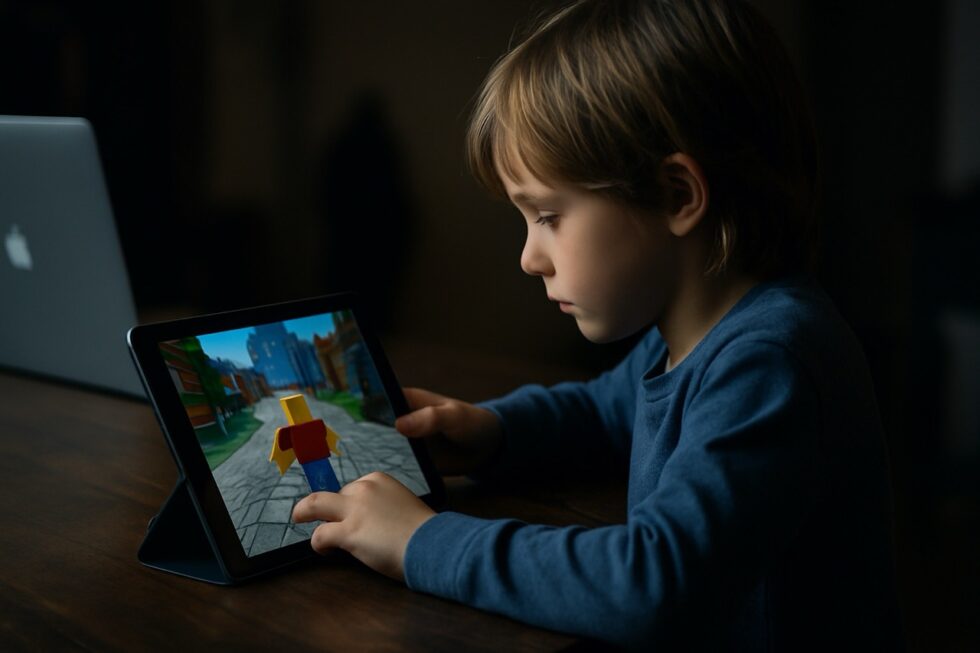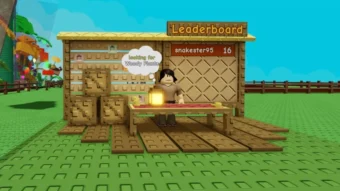Louisiana Files Lawsuit Against Roblox Over Alleged Child Exploitation

The U.S. state of Louisiana has filed a lawsuit against the online gaming platform Roblox, accusing the company of enabling the exploitation of children and failing to implement basic safety measures. The complaint, filed by Louisiana Attorney General Liz Murrill, alleges that Roblox knowingly allowed harmful content to spread, including child sexual abuse material (CSAM).
“Roblox is overrun with harmful content and child predators because it prioritizes user growth, revenue, and profits over child safety,” Murrill said in a public statement.
The lawsuit, officially filed on August 16, 2025, targets Roblox Corporation, headquartered in San Mateo, California, and alleges that the platform “knowingly and intentionally” failed to implement basic protections for its minor users. According to court filings cited by G.Business, Roblox is used by more than 82 million people daily, with over 50% of its user base under the age of 18.
Roblox denies allegations and defends its safety efforts
In response, Roblox released a statement on Friday rejecting all accusations as “completely untrue.”
“Any assertion that Roblox would intentionally put our users at risk of exploitation is simply untrue,” the company wrote.
“No system is perfect and bad actors adapt to evade detection, but we work continuously to make Roblox a safe environment.”
Roblox further emphasized that it invests heavily in automated systems, human moderators, and parental control tools to detect and prevent inappropriate behavior.
Safety upgrades and ongoing challenges
The platform introduced a number of major safety upgrades in late 2024, including:
- Remote parental controls
- Restricted chat features for users under 13
- Content filtering
- Screen time management tools
These changes were publicly endorsed by the Family Online Safety Institute (FOSI), a U.S.-based nonprofit. FOSI stated at the time that Roblox was taking “significant steps toward building a safer digital environment.” The organization also offers a parental guide to help caregivers understand how children interact with Roblox and how to use built-in safety tools effectively.
Despite these efforts, child safety experts warn that user-generated content and open communication channels make platforms like Roblox especially vulnerable to predatory behavior.
Legal and economic implications
The Louisiana lawsuit could set a critical precedent in how governments address child protection in digital spaces. It seeks not only compensatory damages but also structural changes to how Roblox operates, particularly in content moderation and user interactions.
Legal scholars, such as Prof. James Grimmelmann of Cornell Law School, note that if Roblox is found to have ignored known safety risks, it may be held liable for gross negligence.
“This case could become a turning point in the way online platforms are held accountable for child protection,” said Grimmelmann.
Roblox’s reputation — and possibly its business model based on user engagement and microtransactions — may be at stake. Regulatory bodies in other states and countries are closely watching the outcome.
What it means for parents and users
Although the platform remains accessible, experts stress that parents must take an active role in protecting their children online. This includes:
- Enabling parental controls
- Monitoring chat activity
- Discussing online risks regularly
- Setting appropriate screen time limits
As legal proceedings move forward, the case underscores a broader global challenge: how to regulate vast, user-generated online platforms where millions of children interact daily. While Roblox denies all wrongdoing and highlights its commitment to digital safety, the lawsuit may become a landmark test of platform accountability in the United States. For regulators, parents, and tech companies alike, the outcome could set lasting standards for child protection in the digital age.
Stay connected for news that works — timely, factual, and free from opinion — and insights that matter now: Roblox: Find All Berry Plants in Beanstalk Update

